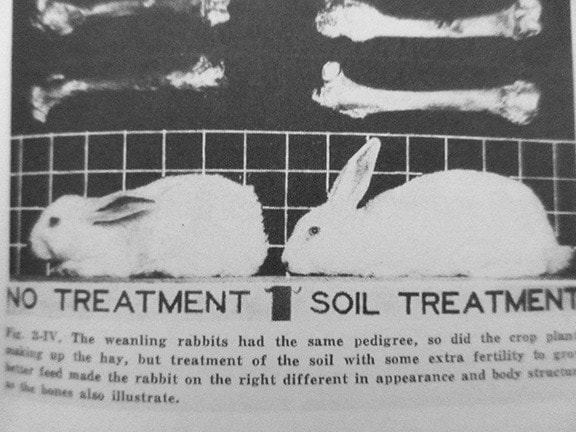Sometimes not even the most dedicated gardener can face the weather; the last two weeks have been an excellent example of this. When the ground is frozen it’s time to curl up with a good book. Fortunately, one of my favourite writers has just published one. I refer to Steve Solomon, whose Gardening West of the Cascades is the definitive work for those of us who do just that.
I expected his new book, The Intelligent Gardener, to educate and entertain me but he has managed to turn my take on food cultivation inside out.
When we hear the phrase “organic gardening” we think first about adding compost and keeping out pesticides or other contaminants. The Intelligent Gardener suggests that this may not be enough to guarantee the optimum soil we need to grow our own nutritious food.
David says I sometimes get too technical and this may be one of those occasions, but with cauliflower at $8 a head this is important. In his new book Steve Solomon explains that despite gardeners’ best efforts, our soils’ mineral balance has been decreasing steadily because we didn’t know we needed to re-mineralize them. Erosion and crop-growing has stripped essential nutrients from virtually all soil and prudent growers should have their beds examined.
To make a long story short, it was all Hitler’s fault. In 1941 the American Selective Service Act required every American man of military age to undergo a physical exam to determine his suitability for military service. In Missouri the number found unfit for service was twice as high in the southeast as the northwest of the state. Dental cavities also increased the closer the men lived to higher rainfall. Coincidentally, rainfall in the southeast is almost twice as much as the northwest.
As a result of this discovery, Dr. William Albrecht of the University of Missouri studied identical groups of rabbits fed on different lots of hay grown from different parts of the state. Results indicated that those fed from areas with higher rainfall grew smaller, bred less and lived shorter lives. Dr. Albrecht found that nutrient density of the soils across the state varied according to their mineral composition and this was directly related to the amount of rainfall. The more rain, the more minerals were leached out of the soil, naturally affecting the health of those depending on local food.
It follows therefore that Cowichan Valley soils suffer from the effect of heavy rains that wash out minerals and remove nutrients.
We can fertilize and use compost to return nutrients, but this won’t remineralize the soils. Solomon says that to create nutritious crops we need to first bring the minerals into balance and to do this we need a soil analysis.
You can learn how yourself in The Intelligent Gardener. I am determined to figure it out myself, but in the meantime I will have it done professionally at Integrity Sales in Saanich for $55. When I have the results I will know what I need to add to Mesachie Lake soil to grow nutrient dense fruits and vegetables that will keep David healthy enough to look after me the way I deserve.
We owe Dr. Albrecht a debt of gratitude for discovering this. What a shame it has taken 70 years for his work to be shared.
